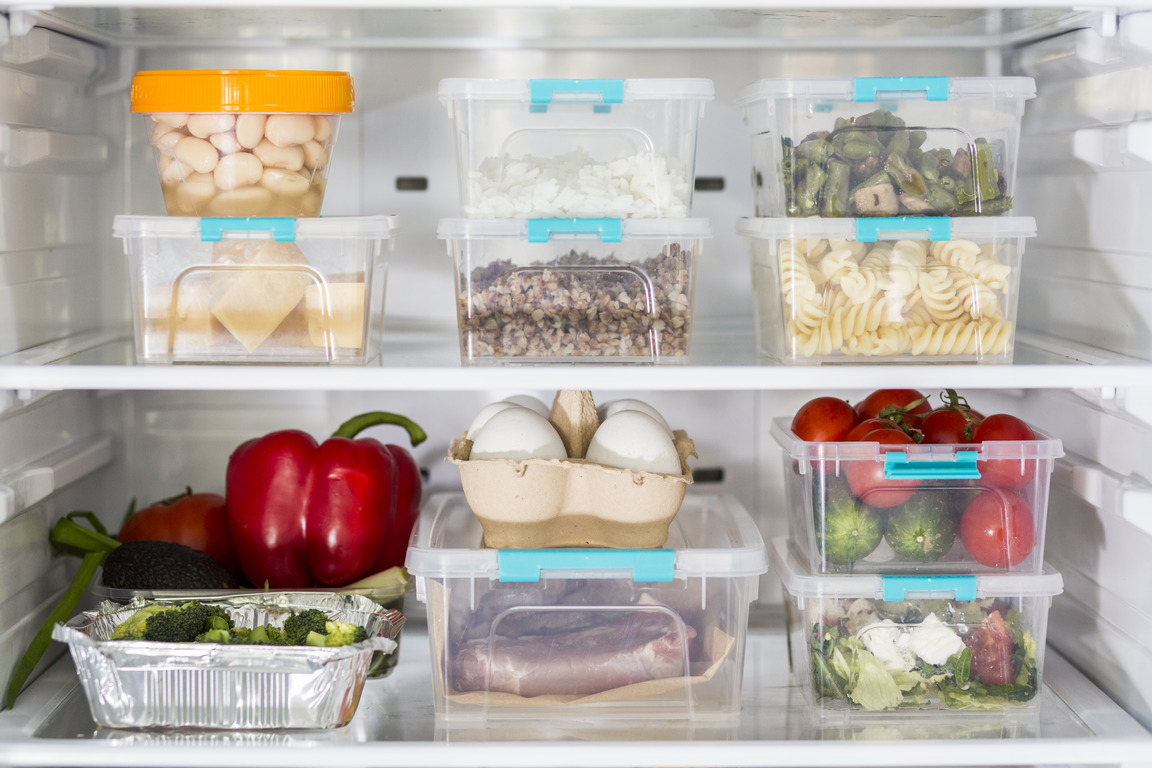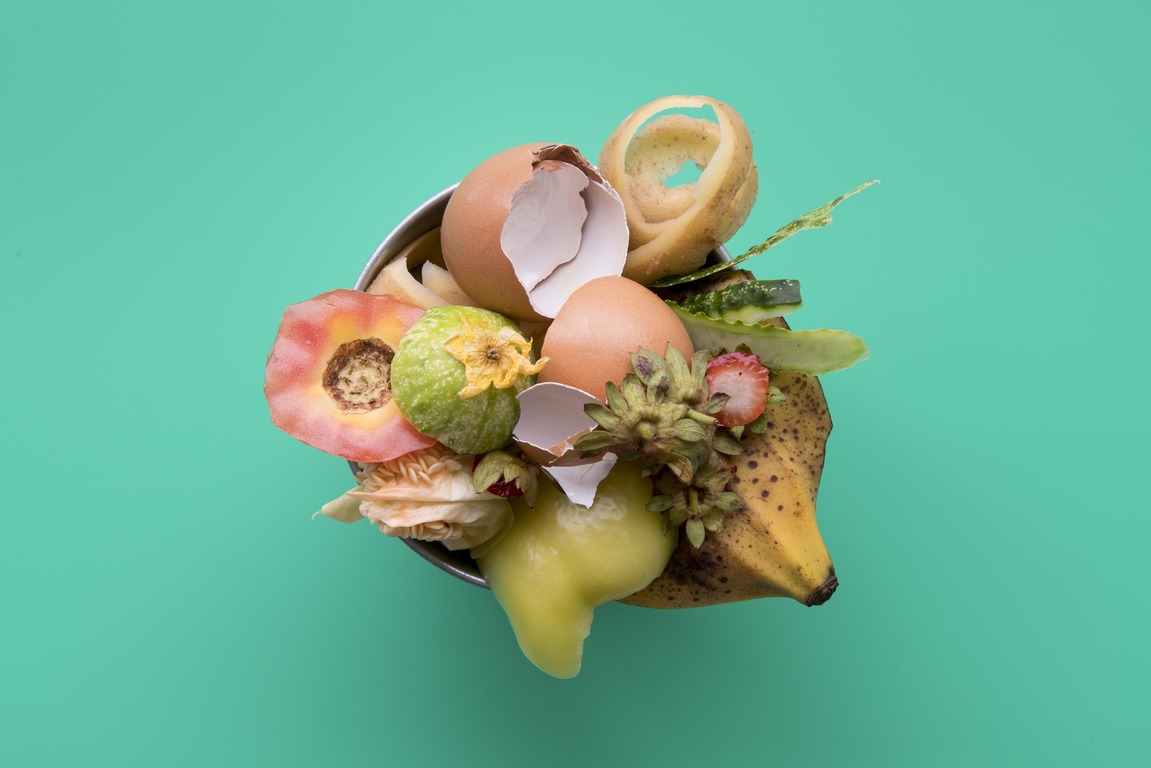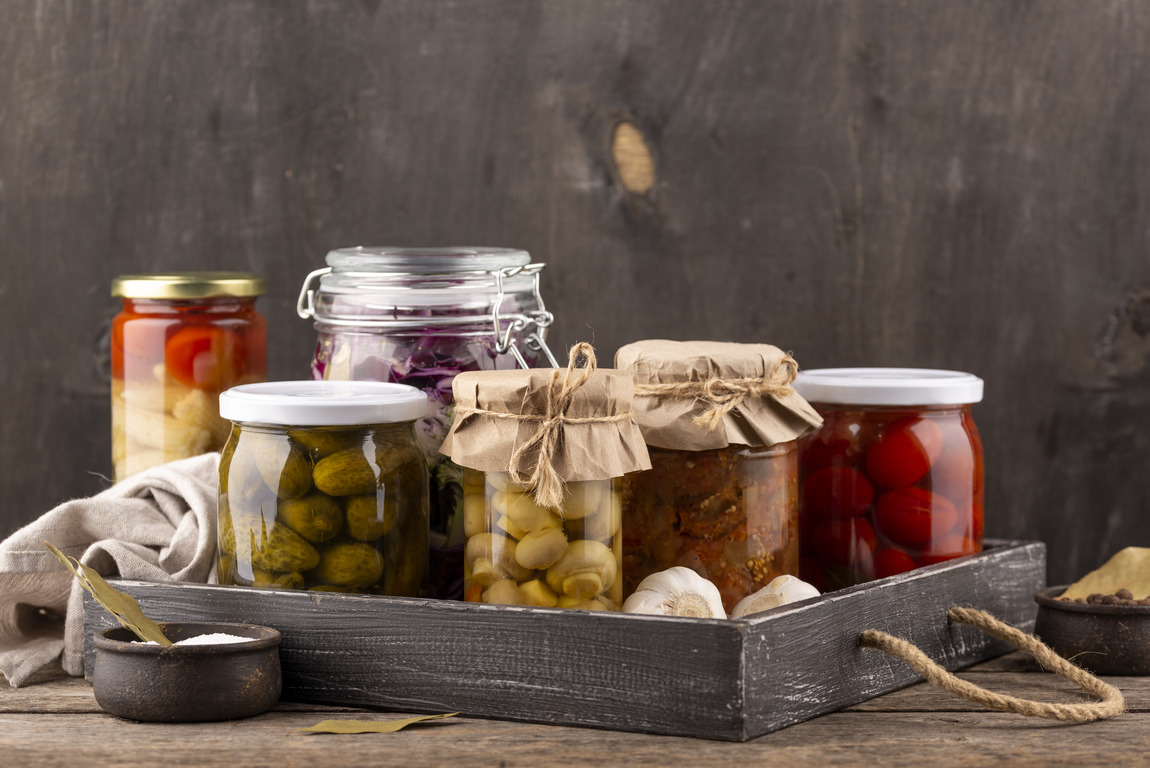Blog & Media
Freezing Over Feasting :
How to Properly Freeze Surplus Food


Ahammed Yousuf - Mar 9, 2024
In Singapore, a place famous for many kinds of tasty food, dealing with extra food is a big task. Now, more people are trying to save leftover food. A good way to do this is by freezing it. This keeps the food good for longer and keeps its healthy parts. This blog talks about how to freeze extra food well. Doing this helps in not wasting food.
Understanding the Importance of Freezing
Freezing food is a practical way to prevent waste. It allows you to store food safely for longer periods, reducing the need to discard it. In Singapore’s fast-paced environment. Where buying in bulk is often more economical. Freezing provides a solution for managing excess food. This method is not just about convenience; it’s a proactive step towards reducing food waste.
For families and individuals in Singapore. Freezing surplus food means less frequent trips to the market. Which is particularly beneficial in a busy urban setting. It’s a simple yet effective way to contribute to the larger cause of food sustainability in the city.
Freezing Different Types of Food
Different foods require different freezing techniques. For fruits and vegetables, blanching before freezing is key. This process involves briefly boiling them and then plunging them into ice water. Blanching helps preserve the color, flavor, and nutritional value. It’s not just about freezing; it’s about retaining quality.
Meats and fish should be wrapped tightly in freezer-safe bags or containers. Removing as much air as possible prevents freezer burn. Labeling these items with dates ensures you use them in a timely manner. It’s not just storing; it’s strategizing for optimum use.
Preparing Meals for Freezing
In Singapore, meal prepping is a popular trend, especially among working professionals. Preparing and freezing meals in advance is a great time-saver. Cooked dishes like stews, curries, and soups freeze well. Cool them before freezing to maintain texture and flavor. This isn’t just about saving food; it’s about saving time.
Portioning meals before freezing is also crucial. It allows for easy defrosting of only what is needed. Which reduces the likelihood of re-freezing and potential food spoilage. It’s not just about bulk freezing; it’s about portion control.
Thawing and Using Frozen Food
The process of defrosting is as important as freezing. Thaw food in the refrigerator to ensure it remains at a safe temperature. Avoid thawing at room temperature, as this can lead to bacterial growth. It’s not just thawing; it’s maintaining food safety.
Plan to use thawed food within 24-48 hours. Once defrosted, cook it as you would fresh food. In Singapore’s humid climate, being mindful of how long food is kept at room temperature is crucial. It’s not just about cooking; it’s about ensuring quality and safety.
The Role of Freezing in Food Rescue
Freezing plays a significant role in the Singapore food rescue scene. By freezing surplus food, food rescue organizations can extend the shelf life of donations. By making it easier to distribute to those in need. This method is not just about storage; it’s a crucial tool in the fight against hunger and food wastage.
For people, helping with food rescue can mean taking and keeping more food than they normally would. Freezing enables them to manage these quantities effectively. By ensuring that nothing goes to waste. It’s not just participation; it’s active contribution to a cause.
Freezing as a Lifestyle Choice
Incorporating freezing into our food preservation practices is more than a convenience. It’s a lifestyle choice that supports sustainability. In Singapore, where food plays such a central role in the culture. Using freezing methods is a simple yet important step towards achieving zero food waste. It’s not just about individual habits. It’s about a collective effort towards a more sustainable future.










